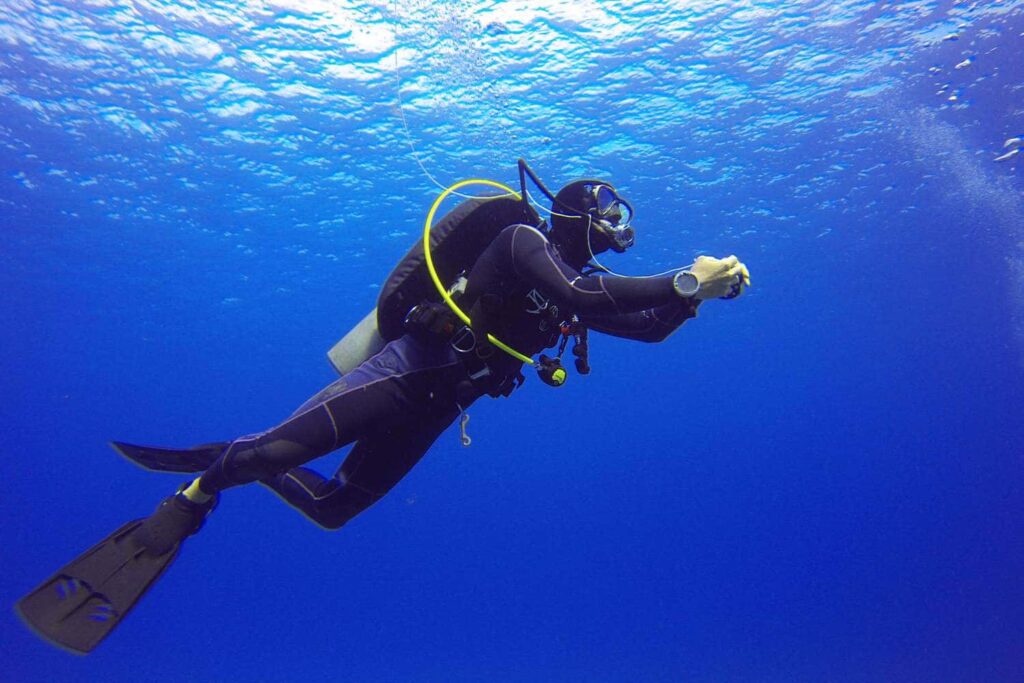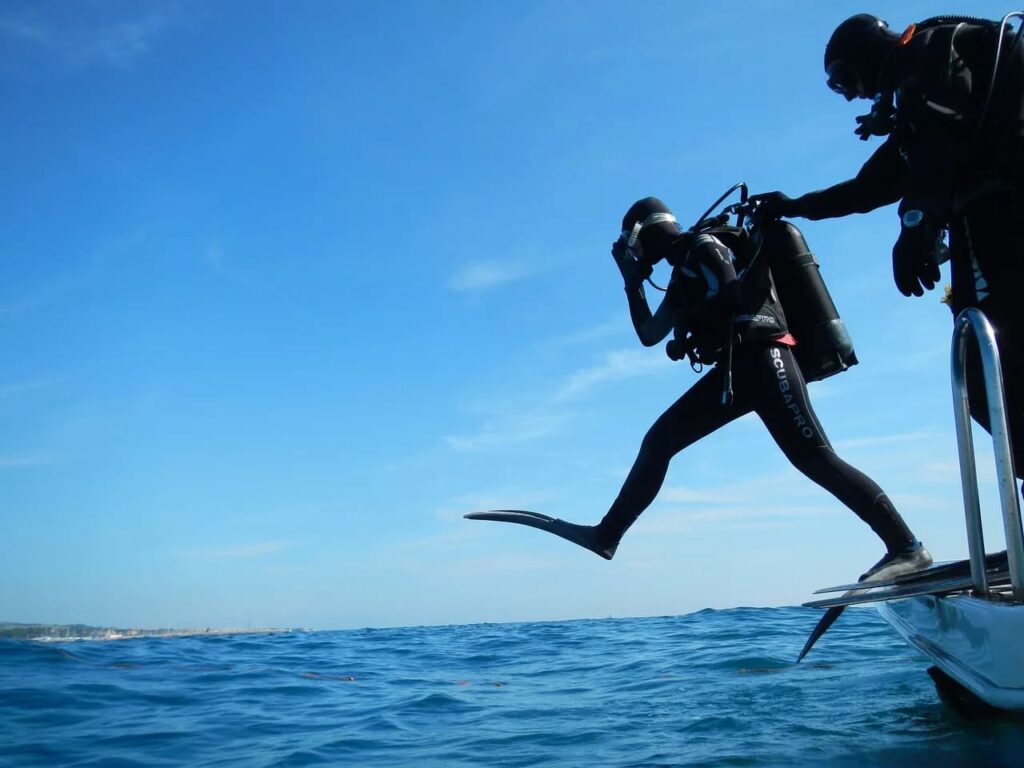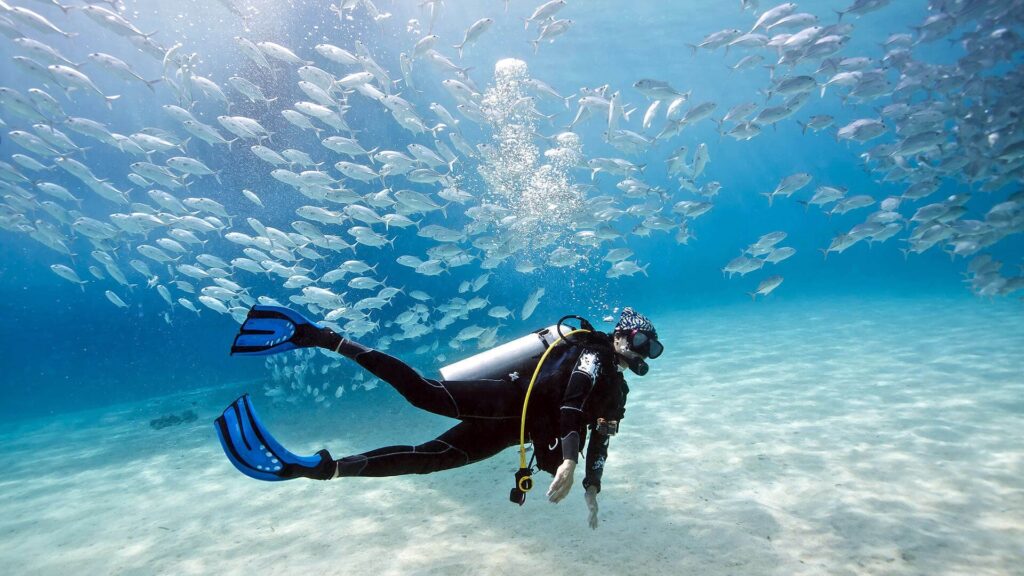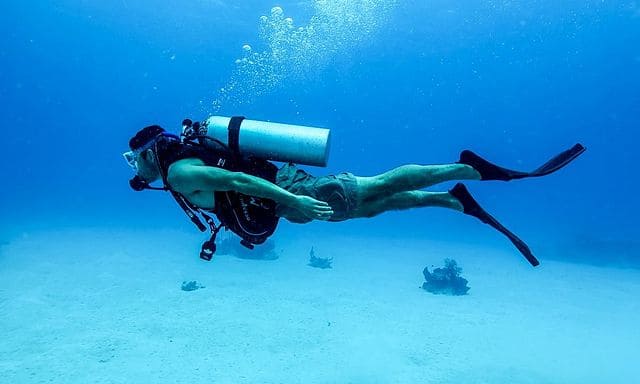Diving Deep: Scuba Diving at Phillip Island’s Dive Sites
Are you in the mood to take an exciting underwater experience? Phillip Island, famous for its picturesque coastline and diverse marine life, is paradise for the scuba divers. With more than a number of dive sites with lots of action and beautiful backdrops, one can partake in such a unique experience after the waves are goggles on. From the top of colorful reefs to various exotic marine categories, each and every dive is a delightful attack on one’s senses. This article will detail the answers to where the waters are for scuba diving Phillip island and how to make the most out of the dive. Therefore, irrespective of your level of experience in diving, search for all the things that Phillip Island has.

What is it that Makes Phillip Island a Must Visit Place for Scuba Divers?
Diversity In Sea Life
Phillip Island boasts of a fantastic oceanic fauna. Most times around, scuba divers get to see some colored fishes, some enormous ray kind of fishes, and also laugh with bubble headed seals. Every dive in such a place poses a new venture and presents many a opportunities to shoot and even inabiotic dives. At Phillip Island, the waters possess such diversity in terms of marine species diversity that they are important for environmental studies and conservation projects. Scuba diving here, you can bask in the glory of the underwater universe while at the same time assist in the protection of such priceless habitats.
Treading lightly and protecting the some of the habitats that you may want to explore is as well important since we want future generations of divers.

Dive Sites Variety
The reason that made me interested in Phillip Island expedition is the different types of dive sites that are present. All these features differ in terms of depth, visibility and drift and embracing spots such as The Nobbies, Cat Bay and Churchill Island. As an example, The Nobbies is well known for its stunning reef forms and great variety of life, while Cat Bay is very small for beginners with shallow water and good entry. Below is a table comparing some of the driving sites around Phillip Island in terms of depth and visibility to assist you in making your diving plans:
| Dive Site | Depth (meters) | Visibility (meters) | Experience Level |
|---|---|---|---|
| The Nobbies | 10-20 | 8-15 | Intermediate |
| Cat Bay | 5-15 | 5-10 | Beginner |
| Churchill Island | 10-20 | 10-15 | Intermediate |
Diving In Seasons

Walking on Phillip Island is also interesting because there different kinds of marine life which is unique during certain times of the years. In the summer more species of fish are apparent and more reefs are bright and more action underwater is seen. However, in the winter the opposite will be true in that whales are likely to be seen when these visitors are migrating southwards to the warmer waters.
For better organization of your dives it is important to highlight the seasonal features in the following list:
- Summer (December to February): Best visibility, the abundance of the marine life.
- Autumn (March to May): Great timing for migratory species viewing as the weather tends to be cool.
- Winter (June to August): Poor visibility; good for when looking for fewer scuba enthusiasts and more places off the beaten track.
- Spring (September to November): Only migratory marine life is active in the area; weather is conducive and visibility is better.
How to Plan for Your Scuba Diving Safari
Gears and Equipment

The right gear is required before a dive. Whatever the dress code is for your inaugural dive or if you have ever dived before, it must be up to standard when it is time for diving. For scuba diving for instance, the basic scuba equipment includes: wet suit, buoyancy control device (BCD), regulator, tank and weight belt. Other things such as dive computers, underwater cameras and safety gear are also necessary. Those without personal gear need not worry as there are numerous outlets in the vicinity that rent out or sell scuba diving apparatus. Before availing this service, always inspect the state and provisions of any equipment lap so as not jeopardize one’s safety during the course of the activity.
Certification and Experience Level
Understanding certification requirements is vital before diving at Phillip Island. Divers must carry at least an Open Water certification to safely explore these waters. For those brand new to diving, many local dive operators offer introductory courses and guided dives that allow beginners to experience the underwater wonder without needing extensive prior training. It’s important to assess your experience level and group appropriately to ensure you have an enjoyable and safe dive experience. Whether you’re diving solo or with friends, a responsible and well-prepared approach always enhances the adventure.
Experiences Below Water: What are the experiences you are likely to get
Marine Encounters
As you delve into the underwater world of Phillip Island, be ready for some astonishing encounters with sea wildlife. There are various species of reef fishes, seals and turtles, all of them appearing amid some of the most stunning views ever. However, understanding the proper etiquette concerning local wildlife is important as this ensures such encounters are done in the right way. The cardinal rules that you should avoid include getting too close to the marine creatures, feeding them, or handling them or modifying their habitat. These standard operating procedures not only ensure safety but they also help conserve the environmental areas that you are visiting. One of the greatest benefits of scuba diving is that you get to see marine life in its natural surroundings.
Seascapes
There are nice and varied underwater sceneries in and around Phillip Island.
It is hard to get bored while diving as you can go scuba diving off rocky reefs and dive into kelp forest, or fall into the sandy bottoms or enjoy the active life within the coral gardens. Specifically per each dive site, there are many unique geological structures for divers to explore. In these underwater activities, there have to be considerations as you move through different underwater structures. Be cautious not to reach out and touch the fragile coral or kick up dust as you dive. This frowning on Christ’s black-beauty way of domisim is largely aimed at anthistory selfish manised generations’ f-util vioy experiences. Along quite the thrill, one also gets the sense of being a good scuba diver.
Safety Tips For Scuba Diving In Phillip Island
Comprehension of the Local Rules
After booking your diving excursion, the next step is determining any applicable guidelines in the area where you intend to dive. The authorities of Phillip Island are established for the relief of both scuba divers and kinetic geospatial evocation. The policies that govern the partnership also includes the partnership requirement, adherence to the limit of depth and time increases and Egress and the entrance points where necessary. In addition to these it would be appropriate to state any restrictions that apply to diving at certain times of the year that are likely lead to disturbances to breeding habitats. Familiarising oneself with these policies prior to embarking on the trip counts as preparations of the trip that will ensure you are safe along with your group any time during a dive trip. In addition, following local laws is just another way of helping maintain and preserve the delicate aquatic habitat of Phillip Island.
Make Sure You Dive with Your Spouse or Group
Anyone who is into scuba diving knows that diving with a spouse is a tough self-imposition and encourages one not to seek for validation during diving experiences.
Not only does it improve the diving experience but it also puts in place necessary safety measures in case of any problems while in the water. There are various local dive operators who arrange group tours, which makes it easier for both novice and seasoned divers to meet other like minded individuals. It is a nice way to jump into the diving community and create unforgettable memories. Most importantly, when looking for a dive operator, check whether they have the appropriate certifications and positive safety history. Finally, while one is the safety requirement head, it is this accompanying of a dive buddy that adds to the experience at the dive sites in Phillip island.
Conclusion
To sum up, Phillip Island is one satisfying place for scuba diving lovers indeed.Its wide range of marine organisms, types of diving spots, and exciting seasonal activities make every dive more appealing. Go scuba diving at one of the local dive sites to experience spectacular ocean scenery and engaging underwater life. Safety comes first, and it is ensured by the use of common sense, preparation for the trip, following the local laws, and behaving in an appropriate manner whilst diving. Whatever your aims on Phillip Island scuba diving may be, whether you want to see spectacular ocean scenery or engaging interesting animal life under the water, all you want is there. So collect your equipment and dive into one of the many local dive sites and start your exciting journey into scuba diving.
FAQs
FAQ 1: Which month is best for scuba diving in Phillip Island?
Answer: The ideal season for the scuba diving on Phillip Island is the summer period, which ranges from December to February, as visibility is high and the underwater ecosystem is active.
FAQ 2: Are people required to have scuba certification to dive Phillip Island?
Answer: Indeed, only individuals who hold at minimum an Open Water certification can safely scuba dive within the Phillip Island waters. But complete novices can undertake guided tours with help of training.
FAQ 3: What aquatic life can one expect while diving?
Answer: Most divers will see many types of marine wildlife, colorful reef fish, turtles, dolphins and perhaps a shark depending on the location and time of year.
FAQ 4: Can you take beginner classes for scuba diving?
Answer: Absolutely! There are quite a lot of local dive operators providing some guided tours for beginners which include instructions and equipment.
FAQ 5: Can you rent scuba diving equipment on Phillip Island?
Answer: Yes, it is possible to rent equipment since there are quite a number of local shops and dive companies that offer renting gear, hence you do not have to buy any if you are there for a short period.
